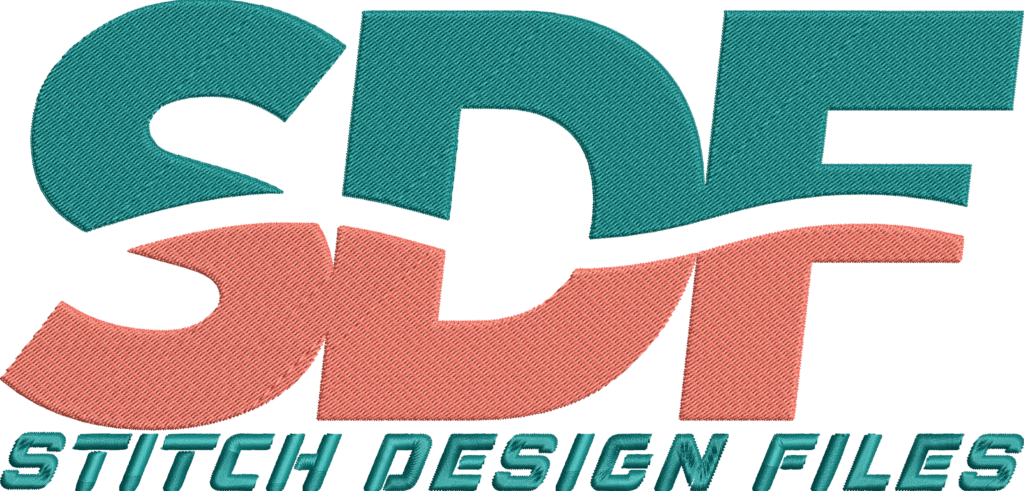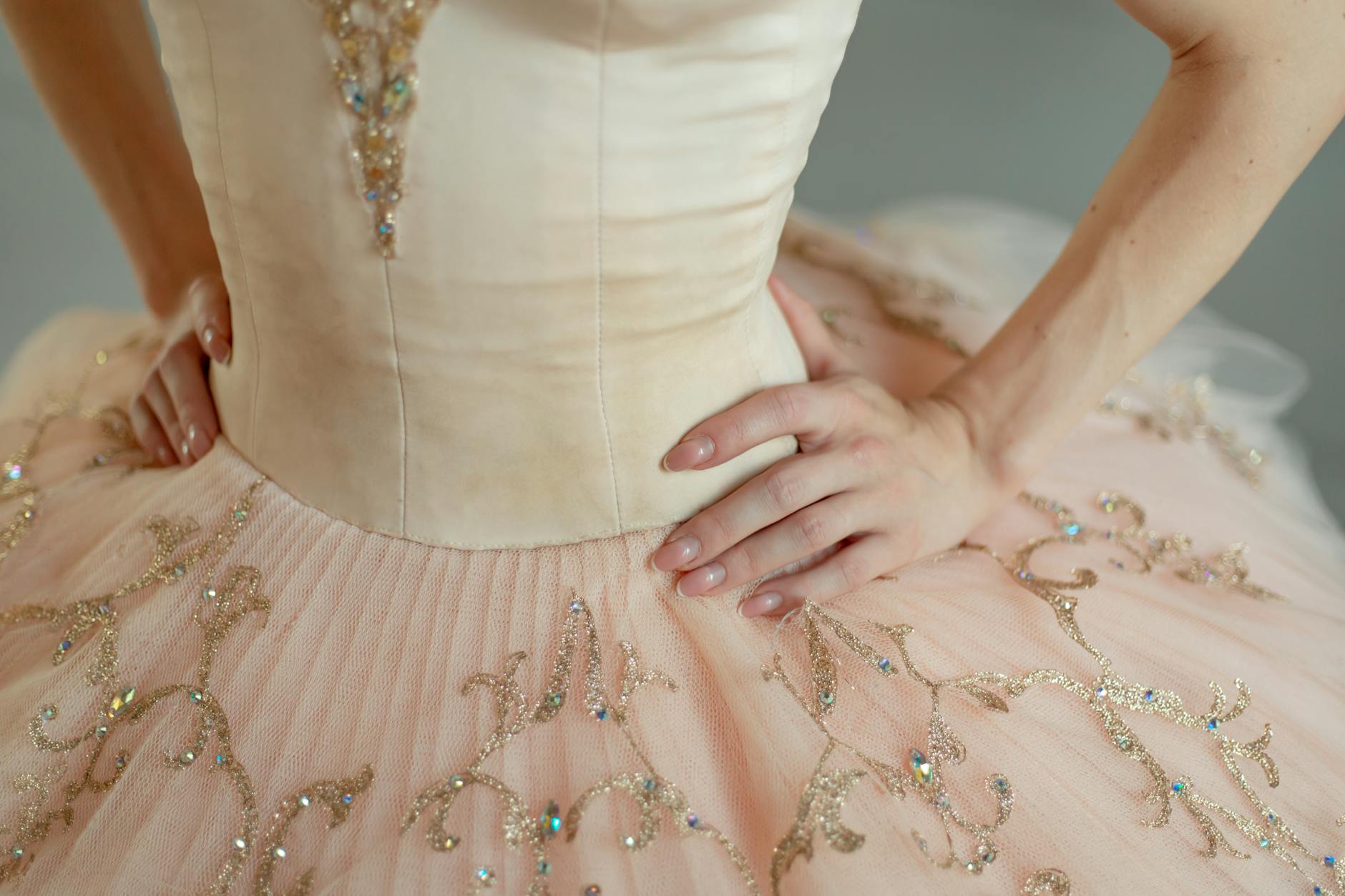No products in the cart.
Embroidery Tips & Guides
How to Use Animal Embroidery Designs in Your Projects
How to Use Animal Embroidery Designs in Your Projects
- Animal embroidery designs enhance creative projects with charm and personality.
- Selecting compatible fabrics and threads is crucial for high-quality stitching.
- Proper preparation, stitching techniques, and finishing steps ensure professional results.
- Animal embroidery is versatile for personal use, small business products, and gifts.
- Understanding file formats and machine compatibility optimizes project success.
Animal embroidery designs provide a unique way to infuse creativity and character into sewing projects. Using these digital embroidery patterns effectively involves understanding the selection, preparation, and stitching processes, especially when utilizing machine embroidery files. This knowledge is particularly relevant for hobbyists, Cricut and Brother machine users, and small business owners looking to create distinctive embroidered items. The application of animal embroidery designs can transform textiles into meaningful personalized items or marketable products.
Introduction to Animal Embroidery Designs
Embroidery enthusiasts and small business crafters benefit greatly from incorporating animal embroidery designs into their projects. These designs add aesthetic appeal and thematic depth to fabrics used in clothing, accessories, home décor, and gifts. The demand for unique, handcrafted items has grown, making digital embroidery patterns of animals a valuable resource for creating standout merchandise. Moreover, machine embroidery files expedite the creation process, enabling precise, repeatable results, which is essential for consistent product quality in small business embroidery.
Definitions and Overview of Animal Embroidery Designs
Animal embroidery designs are pre-digitized digital patterns representing animals, which can be applied to fabric using embroidery machines. These designs come in various file formats such as PES, JEF, DST, HUS, and XXX, compatible with different machine brands including Brother, Janome, and others. Machine embroidery files contain instructions for stitch placement, color changes, and type of stitches to efficiently recreate the image on fabric.
Stitch types commonly used include satin stitches for smooth body parts, running stitches for outlines, and French knots for detailed features like eyes. These designs can range from simple line art to complex multicolor portraits, allowing for both beginner-friendly and advanced projects.
Practical Use Cases for Animal Embroidery Designs in Machine Embroidery
Animal embroidery designs have widespread applications across various sewing and crafting projects:
- Clothing Customization: Adding embroidered animals to t-shirts, hats, jackets, or baby clothes personalizes apparel and creates eye-catching fashion statements.
- Home Décor: Pillows, tablecloths, curtains, and wall hangings can be enhanced with animal motifs, contributing to a cozy or thematic interior ambiance.
- Accessories: Tote bags, scarves, and hats featuring animal embroidery serve as unique fashion accessories or gifts.
- Gifts and Keepsakes: Personalized embroidered pet portraits or animal-themed items are popular gifts suited for holidays, birthdays, or special occasions.
- Small Business Products: Handmade sellers frequently use animal embroidery designs to diversify product offerings, attract niche markets, and demonstrate craftsmanship.
For example, small business crafters who cater to pet owners might incorporate detailed dog or cat embroidery patterns, while outdoor enthusiasts could use designs like buffalo or cowboy motifs, as available in the CowBoy Embroidery Designs collection. These targeted design choices support branding and customer engagement.
Benefits for Small Business Embroidery and Crafters
Digital animal embroidery patterns offer several advantages to small businesses and hobbyists, including:
- Time Efficiency: Machine embroidery files eliminate manual digitizing, allowing faster production and increased output.
- Consistency: Automated stitching ensures uniformity across multiple items, essential for business branding and quality maintenance.
- Customization: Designs can be resized or combined to fit various products and customer preferences.
- Cost-effectiveness: Using ready-made designs reduces design development costs, making production more economical.
- Market Appeal: Animal motifs have broad popularity, attracting pet lovers, children, and thematic niche markets.
Employing machine embroidery in small business settings facilitates scalability without compromising artistry. The ability to offer designs such as buffalo images using specialized embroidery files like the Buffalo Embroidery Designs supports product differentiation and expands market reach.
Limitations and Challenges of Using Animal Embroidery Designs
While animal embroidery designs are versatile and beneficial, several challenges may arise:
- Fabric Compatibility: Not all fabrics support detailed embroidery well; stretchy or delicate materials might require stabilization or alternative techniques.
- Color Matching: Achieving realistic animal colors demands thread selection expertise and sometimes blending multiple shades.
- Machine Limitations: Different embroidery machines accept specific file formats, and memory limitations may restrict design size or complexity.
- Skill Level: Intricate designs may be challenging for beginners without prior stitching or software experience.
- Design Adaptation: Customizing designs requires digital editing skills, which can be a learning curve for some crafters.
Understanding the requirements and constraints of machine compatibility and fabric type is crucial for successful application. For example, Brother embroidery projects often require PES files, and selecting the appropriate formats ahead of time avoids operational issues.
Step-by-Step Guide to Using Animal Embroidery Designs
Selecting the Design and Preparing Files
Choose animal embroidery designs that suit the project purpose and fabric type. Confirm the file format matches the embroidery machine’s specifications. Download the files from reliable sources offering high-quality digitized patterns, such as StitchDesignFiles. Verify that the designs include necessary stitch details and color charts for thread selection.
Preparing the Fabric and Hooping
- Fabric Choice: Opt for stable, embroidery-friendly textiles such as cotton or linen for optimal stitch appearance and durability.
- Cutting: Cut fabric larger than the design to accommodate the embroidery hoop securely.
- Hooping: Insert fabric into an embroidery hoop, ensuring it is taut and wrinkle-free to facilitate consistent stitching.
Thread Selection and Stitch Type Usage
Select embroidery threads that correspond to the animal’s colors and desired texture effects. Utilize satin stitches for smooth coverage in areas like fur and stem or running stitches for outlines. Employ French knots strategically to add dimension for eyes or whiskers.
Stitching and Finishing Techniques
- Machine Embroidery: Load the design into the embroidery machine and monitor stitching progress.
- Layering: Apply multiple thread layers to enhance texture and depth, particularly for detailed features like noses or muzzles.
- Completion: Once stitching is complete, carefully remove the fabric from the hoop. Trim excess threads and iron with an appropriate heat setting to remove wrinkles without damaging embroidery.
Summary and Call to Action
Animal embroidery designs provide a creative and effective method to elevate personalized and commercial textile projects. Understanding how to select compatible fabrics, appropriate embroidery threads, and stitch techniques are foundational to achieving professional results. Machine embroidery files simplify the embroidery process for hobbyists and small business creators alike, enabling consistent, high-quality production. While challenges such as fabric compatibility and machine format limitations exist, thorough preparation mitigates these issues. For those seeking to expand their design library, exploring digital embroidery patterns like the Nike Logo Embroidery Designs collection provides additional inspiration and professional-grade options.
Accessing a diverse selection of animal embroidery designs from trusted sources enhances project versatility and marketability. For further guidance and downloadable machine embroidery files, visit StitchDesignFiles and explore collections designed for seamless integration with Brother embroidery projects and more.

